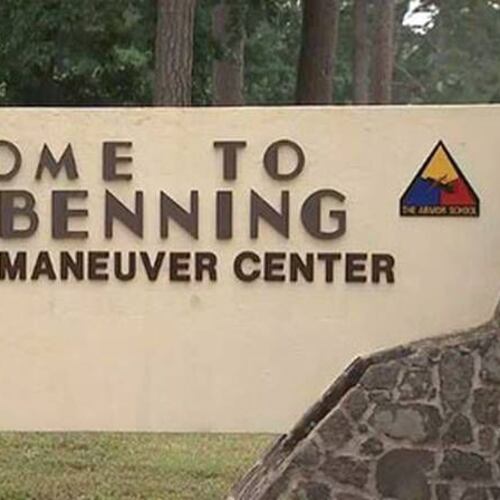The GBI closed its investigation into the notorious Moore's Ford lynching Jan. 22, and The Atlanta Journal-Constitution is now opening the 564-page case file to the public.
The files chronicle the GBI’s nearly two-decade effort to identify members of the mob who shot and killed two black couples near the Moore’s Ford bridge in rural Walton County, 50 miles east of Atlanta.
Here are five noteworthy documents in the file:
1. The failure to identify eyewitnesses or direct evidence hindered the FBI's 1946 investigation. One of the witnesses, Emerson Farmer, was 12 at the time of the killings and was on his porch about a third of a mile up a dirt road from where the killings occurred. Decades later, he told a relative he witnessed the killings and was haunted by the screams of the victims.
2. The question of law enforcement's involvement in the crime has persisted for decades. A black man who never spoke to investigators told friends he was at the bridge at the time of the lynching and witnessed a local sheriff's deputy participate, according to a family friend who spoke to GBI agents in 2001.
3. The Ku Klux Klan's involvement in the crime was never established, but many in the community suspected they were involved. Investigators in the mid-2000s found Klan rosters and other documents that revealed several suspects were members of the Klan in the 1930s and 1940s.
4. The only known eyewitness who recognized members of the lynch mob remained silent until 1991 when he came forward to the FBI and the AJC to describe seeing a Georgia State Patrol vehicle on the bridge. GBI agents in 2000 spent significant time trying to verify Clinton Adams' claims.
5. One of the reasons the FBI failed to crack the case in 1946 was the hostility they faced from the white community in Walton County. Decades later, that hostility and resentment continued to persist in some corners of the county.
Read more about the Moore’s Ford case on AJC.com.
About the Author
Keep Reading
The Latest
Featured

